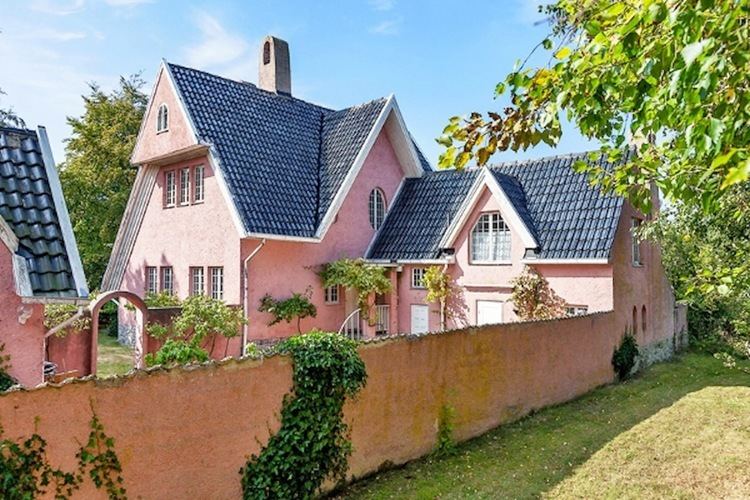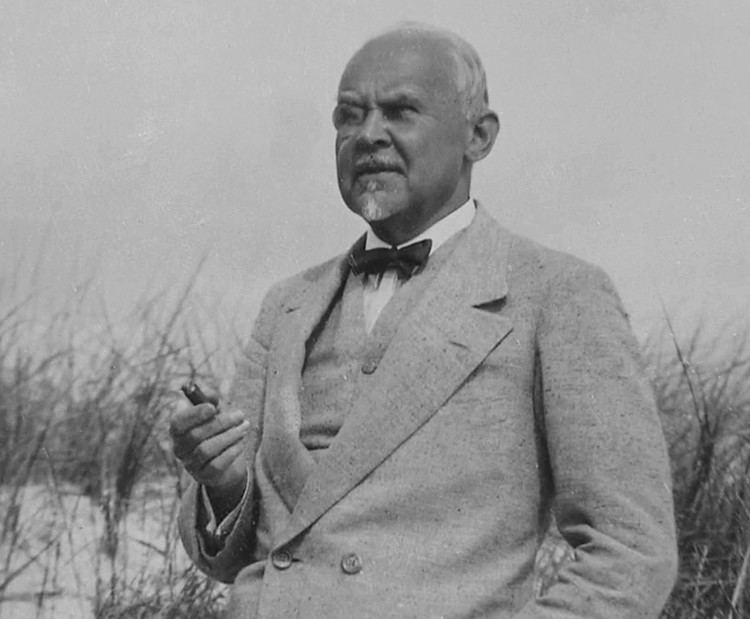Name Alfred Grenander Role Architect | Structures Magdalenenstrase | |
 | ||
Died March 14, 1931, Berlin, Germany | ||
Alfred Grenander
Alfred Frederik Elias Grenander (26 June 1863 – 14 March 1931), was a Swedish architect, who became one of the most prominent engineers during the first building period of the Berlin U-Bahn network in the early twentieth century.
Contents
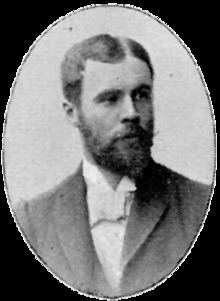
Life
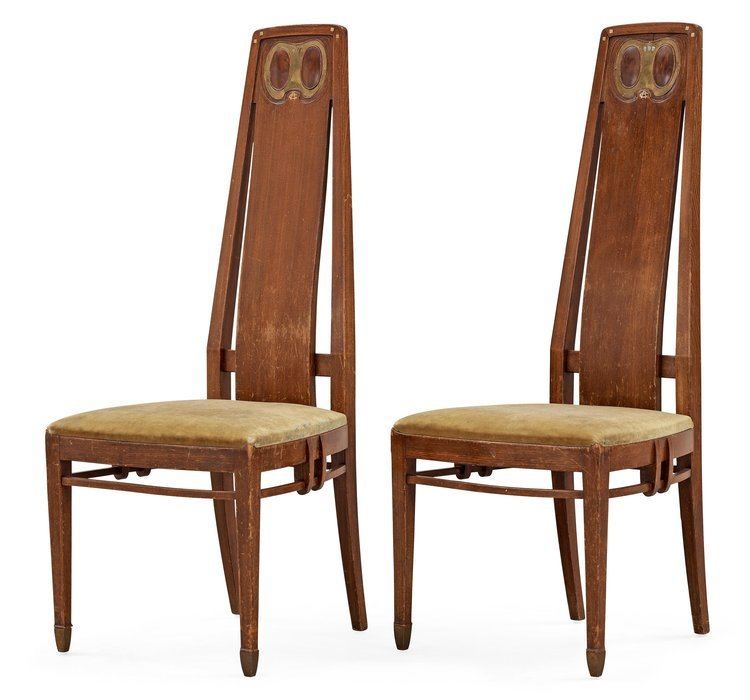
Born in in Skövde, Sweden, Grenander was raised in Stockholm and began studying at the Swedish Royal Institute of Technology in 1881. He changed to the Royal Technical College of Charlottenburg in 1885. After his final degree in 1890 he became a site engineer at the construction of the new Reichstag building under the direction of Paul Wallot and continued his career in the architectural office of Alfred Messel.
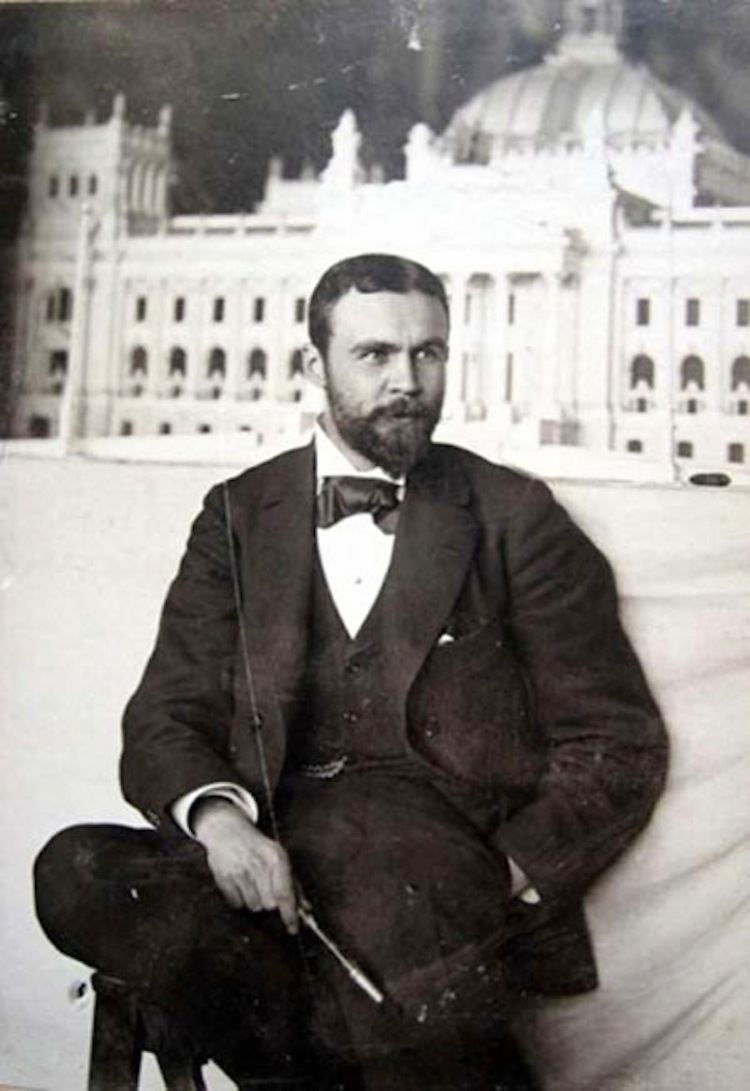
In 1896 Grenander set up his own business and worked as a designer of the Hochbahngesellschaft, an affiliate of Siemens & Halske established in 1897 to build the first U-Bahn elevated railway of Berlin, opened in 1902. Up to 1931, he constructed about 70 U-Bahn stations, many of which have landmark status today. While the first stations were designed in an Art Nouveau (Jugendstil) or Neoclassical style, he later preferred a Modern architecture.
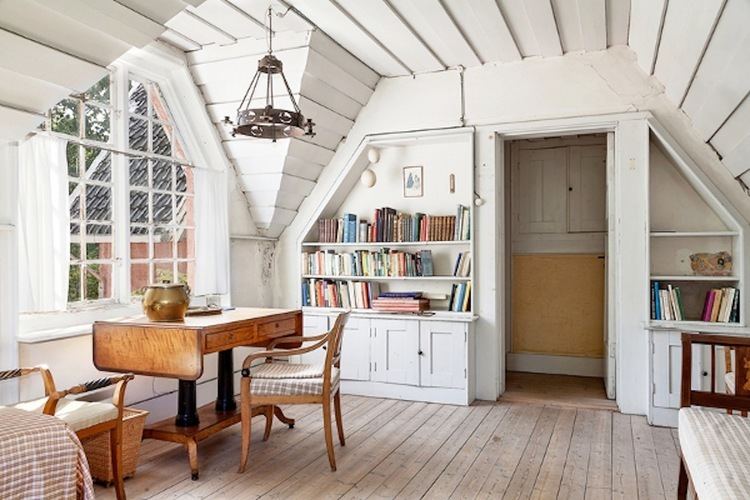
Alfred Grenander died in Berlin; he was buried in Skanör med Falsterbo, Sweden. In 2009 the front yard of Krumme Lanke station in Berlin-Zehlendorf was named in his honour.
Berlin U-Bahn Stations designed by Grenander


